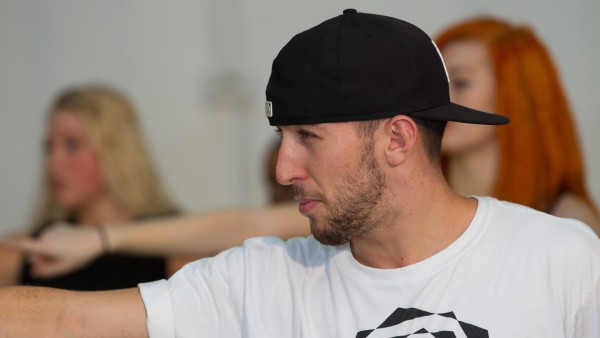
Locking
Locking is a part of Hip Hop culture today, although, from a historical perspective it was originally danced to funk music. Created in the late 1960s, Locking was actually the result of a failed dance routine. The dancer at the time, Don Campbell, stopped half way through a routine, having forgotten his next step. Locking then developed to include specific halts and freezes before the dancer would resume a move at full speed.
Why do we teach Locking?
Locking has influenced many different dance styles over the years. It can be seen in Hip Hop and Street Dance moves. Incorporating Locking moves into your commercial dance repertoire is essential, as it will help you improve your Ballet, Popping, and Krumping moves, too.
Locking dance moves
Locking has influenced, and is used in, Street and Hip Hop dances. It can therefore be used across various dance styles.
That said, there are specific Locking moves, which include:
- Cartoon Head Turn
Humorous in nature, the Cartoon Head Turn isolates the neck and head from the shoulders. Turning the head left or right, and extending out, accentuates the move before turning to face the audience. - Scoo B Doo
Named after Jimmy ‘Scoo B Doo’ Foster, the Scoo B Doo is a classic Locking move. Arms and elbows play an important role in the angular moves, whilst legs raising and falling give a sense of movement. - Skeeter Rabbit
Invented by James ‘Skeeter Rabbit’ Higgins, the Skeeter Rabbit move is a staple in the repertoire of any self-respecting Locker. Lots of jumping, while extending arms, as if raising and lowering dumbbells, are the key components of this move.
Make your move!
If you love the idea of learning the Cartoon Head Turn and fancy a little chat with Angela, our friendly Course Director, before you apply, please get in touch on 0207 118 1818.
